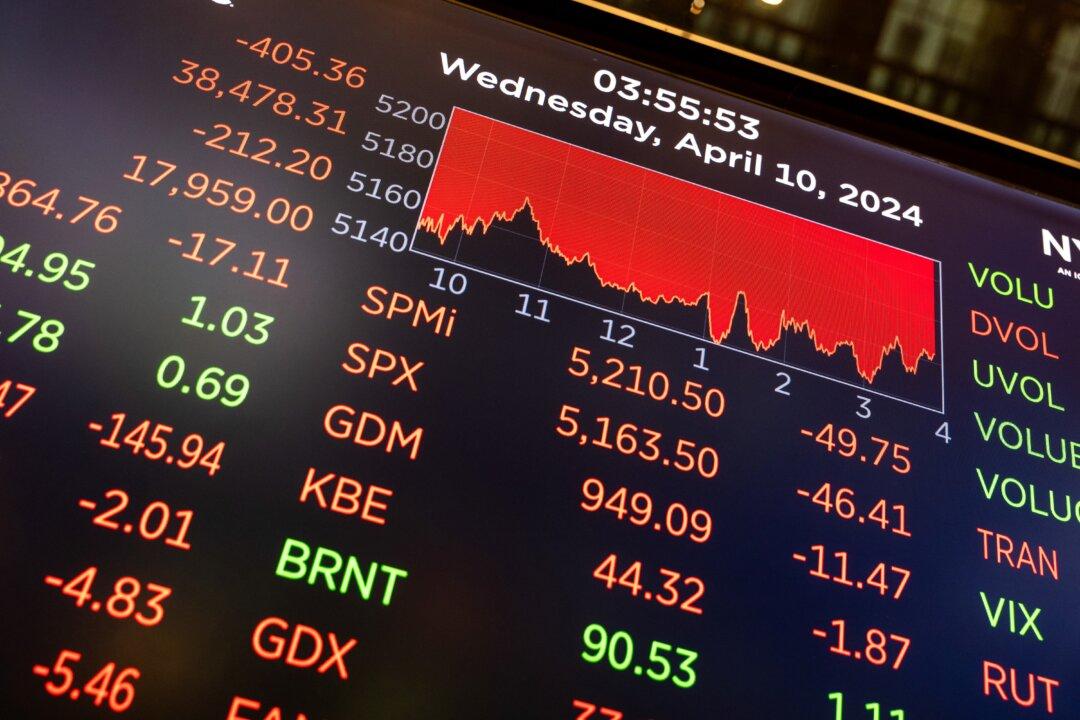Commentary
I spent a lot of time out West last week, and the weather was a mixture of rain and snow, depending on the location and altitude—but the good news is that the snow was a heavy spring snow, which melted fast.

I spent a lot of time out West last week, and the weather was a mixture of rain and snow, depending on the location and altitude—but the good news is that the snow was a heavy spring snow, which melted fast.